Do Bunion Correctors Work?
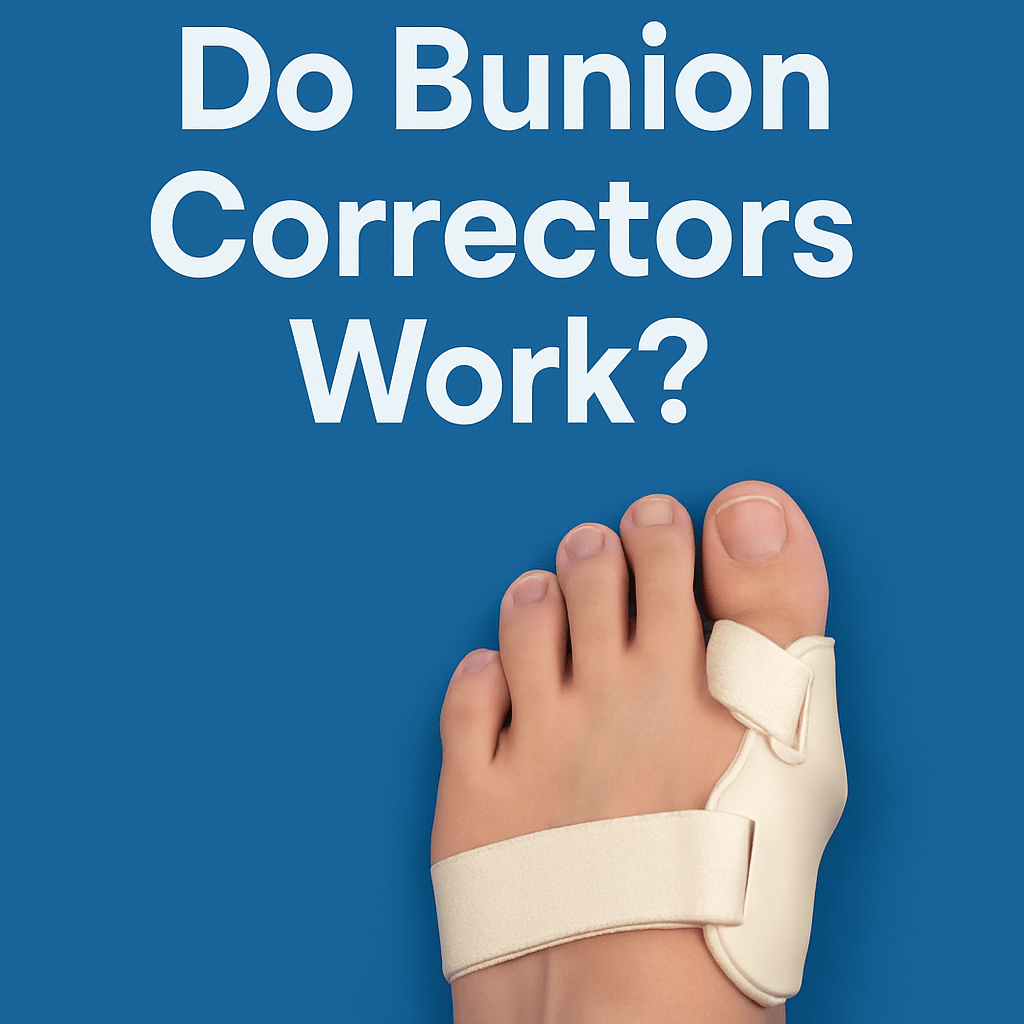
If you’ve noticed a painful bump forming along the side of your big toe, you’re not alone. Bunions are one of the most common foot deformities, affecting millions of people every year. Many people turn to bunion correctors, such as splints, braces, or toe spacers, in the hope of finding relief or even correction of […]
What Does a Bunion Look Like?
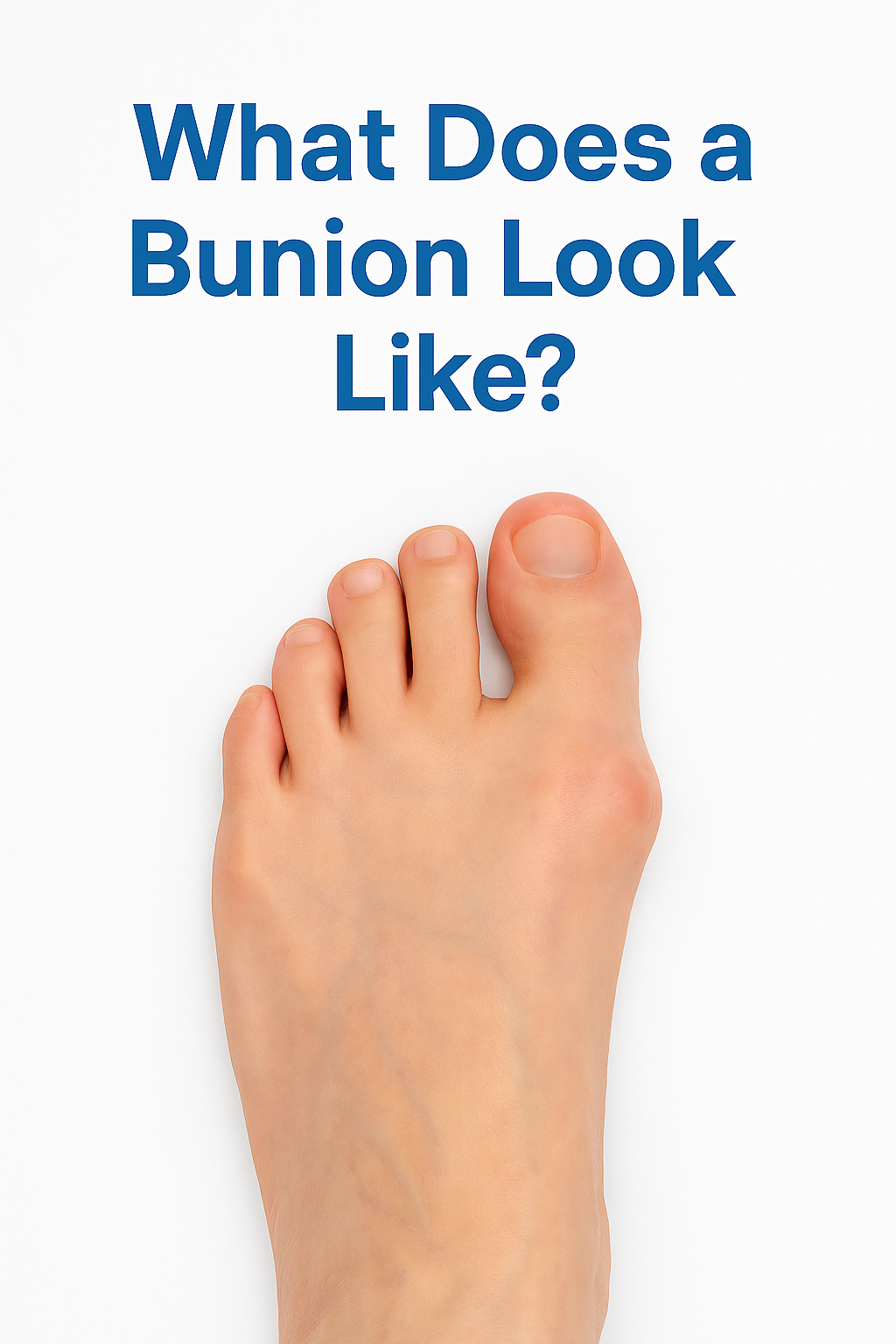
If you’ve noticed a bump forming on the side of your big toe or started feeling pain when wearing shoes, you may be developing a bunion. Bunions are one of the most common foot deformities, and while they often start small, they can gradually become more painful and limit the way you walk, stand, or […]
How Soon Can I Walk After Bunion Surgery?
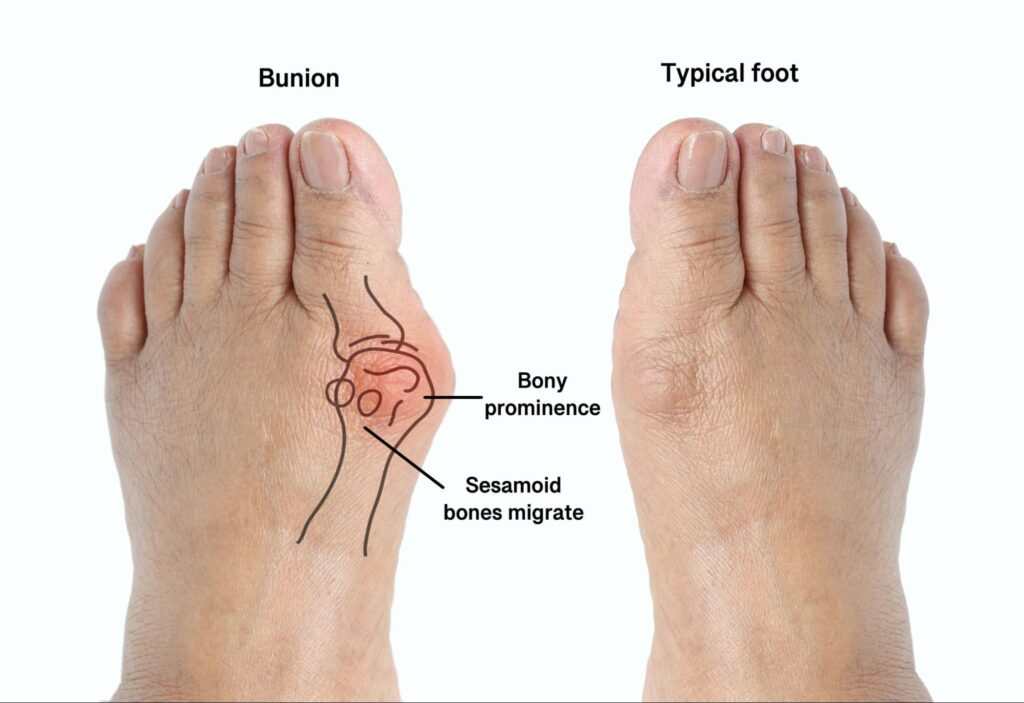
If you’re considering bunion surgery, one of your first questions is probably: “How soon will I be able to walk again?” That’s completely understandable. Being sidelined from your usual routine can feel overwhelming. Whether it’s getting back to work, enjoying your favorite activities, or simply moving comfortably around your home, walking is at the top […]
ACL Surgery Recovery: Essential Information and What to Expect
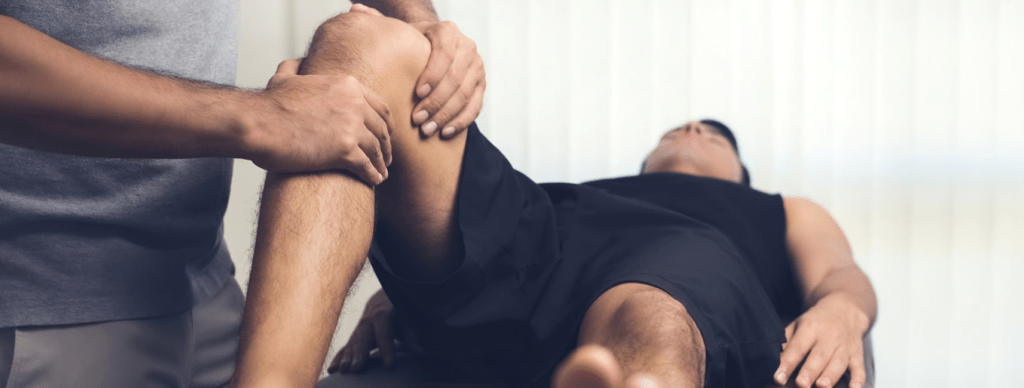
The human body has the remarkable ability to heal itself, but when it comes to an ACL tear, natural recovery often falls short. The anterior cruciate ligament (ACL) is essential for stabilizing the knee, and once torn, it rarely heals on its own. To alleviate knee pain, restore full range of motion, and regain knee […]
How to Know When It’s Time to See a Sports Medicine Specialist in Middletown, NJ?
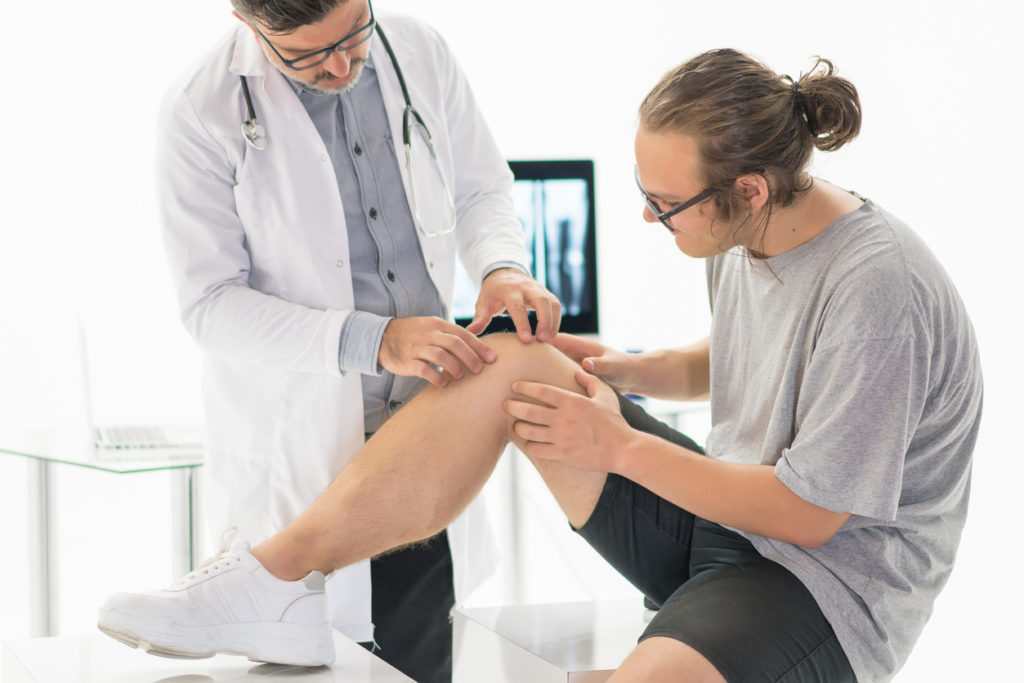
Whether you are into baseball, basketball, or any other sports – injuries are a part of your everyday life. Sometimes, the aches and pains that come with physical activity are just part of the game. But there are moments when these injuries go beyond the usual wear and tear and signal that it might be […]
Treating Bunions: Traditional vs. Minimally Invasive Bunion Surgery
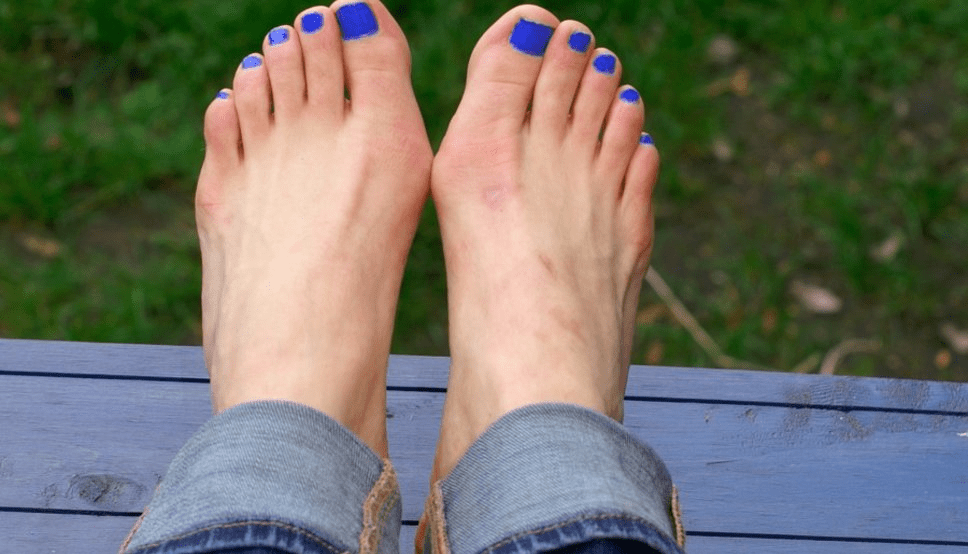
When bunions first appear on your feet, they might seem like nothing more than a minor cosmetic concern. However, with time, these small bulges can start making everyday activities like walking and wearing shoes a painful challenge. If you are struggling with bunions, you’ve two choices – traditional surgical treatments or minimally invasive surgery. While […]
Lifestyle Factors and Spider Veins: Unraveling the Connection

Wondering why you have spider veins? Most people with spider veins blame their genetics for those pesky red or purple lines on their legs. However, several lifestyle factors impact the occurrence of new spider veins. While this venous disorder might not be painful every time, it can be a source of frustration and may lead […]
The Role of Orthotics In Treating Foot Pain
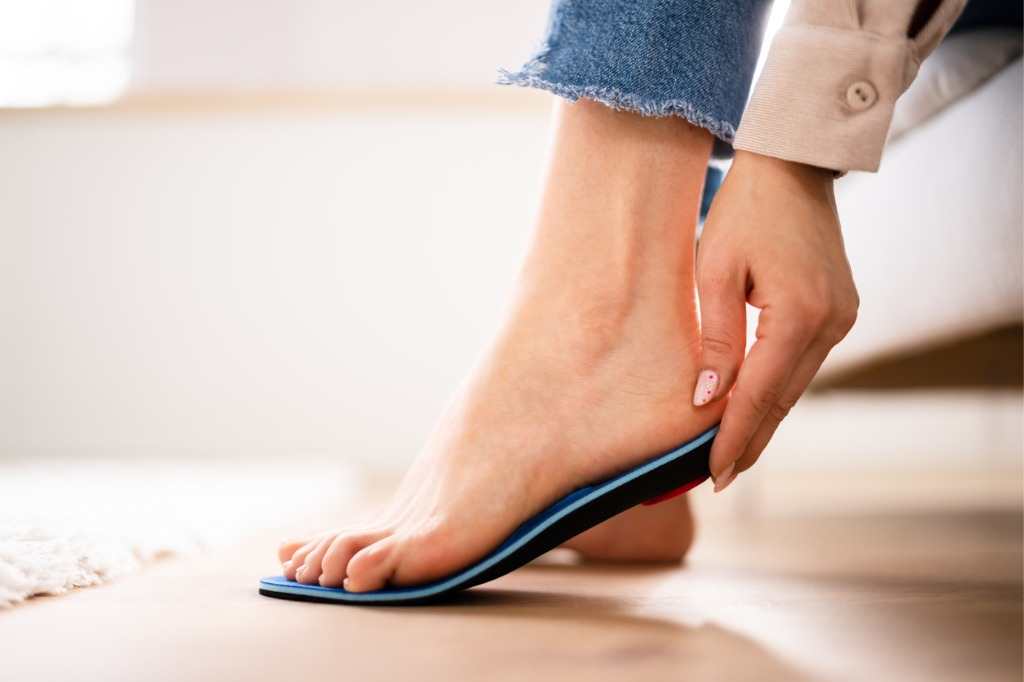
Foot pain is an all-too-common ailment stemming from various causes such as sports injuries, daily activities, or age-related factors. Among the myriad of treatments available, custom orthotic inserts stand out as a prominent solution, offering both relief from pain and treatment of any underlying causes. If you are dealing with foot pain, it’s essential to […]
Hiking Safety: Protecting Your Knees and Ankles
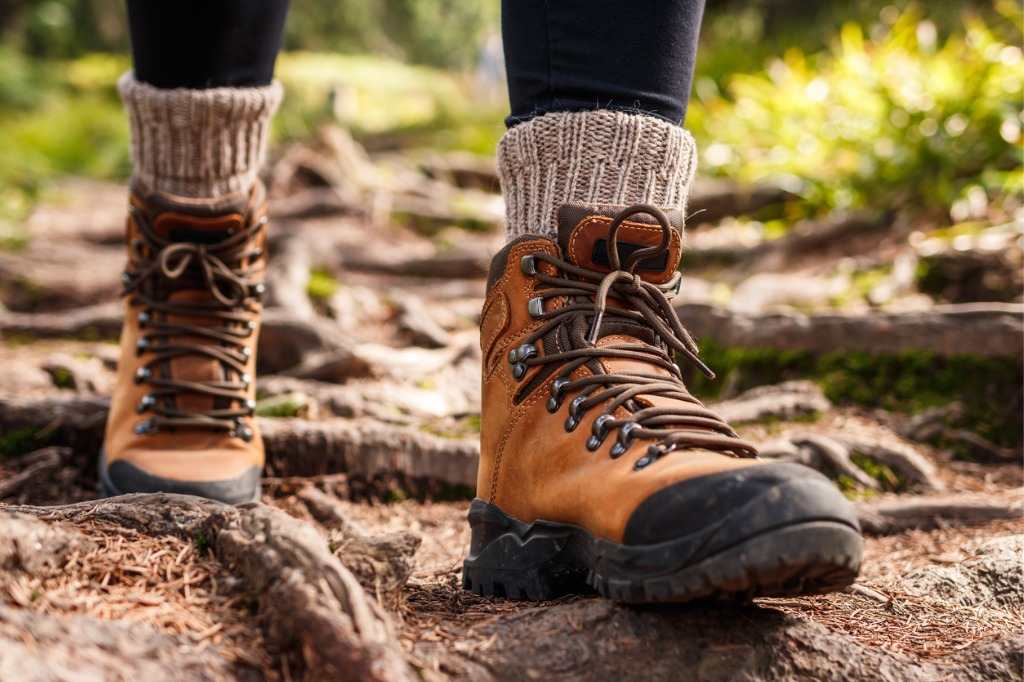
Hiking is a popular summer activity that offers a multitude of benefits, from cardiovascular fitness to mental health improvements. However, like any physical activity, it comes with its share of risks. Hiking safety is especially crucial when out on the trails. Among the most common dangers are injuries to the knees and ankles. These joints […]
The Anti-inflammatory Diet for Healthier Joints

Did you know your diet can play a pivotal role in managing joint inflammation? The foods we eat can either fuel inflammation or help to combat it. At Alliance Orthopedics, we firmly believe in a holistic treatment approach that incorporates not only world-class medical care but also lifestyle modifications, including dietary changes, such as an […]
